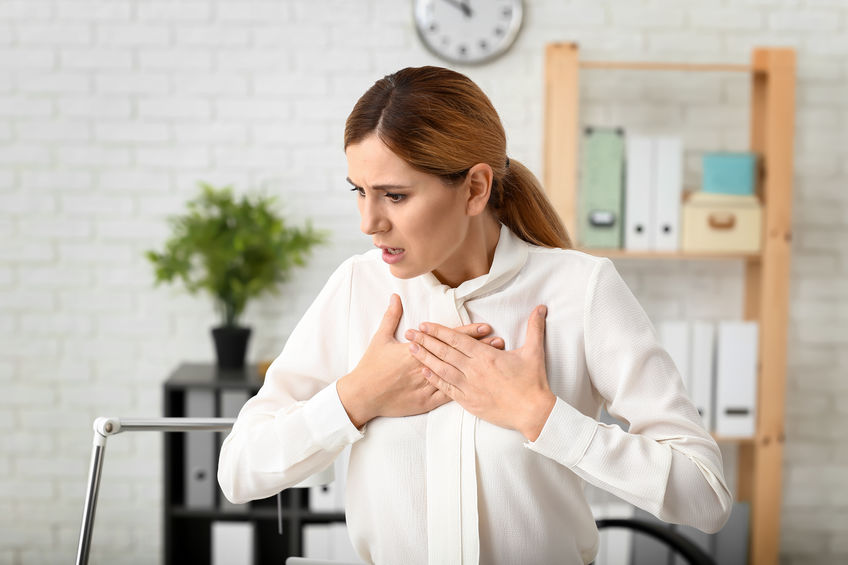What Is A Panic Attack?
First, you need to know what a panic attack is. Panic attacks are often characterized as a sudden, intense feeling of discomfort and fear. They do carry some warning, but if you’ve never experienced one before, it can be a very distressing experience – though they do not pose any serious health risk on their own.

What’s the Difference Between A Panic and Anxiety Attack?
Anxiety attacks and panic attacks are often mistaken for each other and these phrases are used interchangeably. An anxiety ‘attack’ is more or less the attack of worry thoughts that seem super difficult to control, whereas the panic ‘attack’ is our body’s physiology being hijacked via our fight or flight response making our body and mind feel like we are being attacked. One of the key differences between panic attacks and anxiety attacks is the long-lasting physical symptoms that linger after a panic attack, which do not exist in an anxiety attack. During anxiety, we will feel overall tension, and even engage in tension-relieving behaviors such as twirling our hair, bouncing our legs, biting our lips and picking at our fingernails.
What Are the Signs of a Panic Attack?
Panic attacks are fickle: they can come on suddenly, or you can feel lingering pre-attack symptoms for up to an hour beforehand.
Signs of a panic attack can include: increased heart rate, clammy hands, sweating, a churning feeling in the stomach, heightened awareness and censoriousness, chest pains, shortness of breath, fear of losing control. These are mostly all emotional responses to whatever situation you are facing, which is why it can be difficult to ‘feel’ a panic attack coming.
What Can I Do in The Event of a Panic Attack?
If you’re experienced with panic attacks, you can try to do some exercises if you notice the symptoms appearing. You’ll notice this feeling of despair building inside you, increased heart rate and increased awareness of your surroundings is also a good indicator that you might be going to have a panic attack. If this begins to happen to you, you need to stop what you’re doing, sit down and do some controlled breathing exercises. Diaphragmatic breathing exercises are an evidence-based way to bring your heart rate down fairly quickly, which will force your body to exit the fight or flight response. Viewing positive or motivational pictures or phrases on your phone should also help ‘ground’ you back into reality, helping alleviate some of the panic symptoms. Also, thinking positive thoughts, thinking about someone you love, or something that makes you happy is also helpful.
If you suffer frequently from unmanaged anxiety or panic attacks, it is helpful to see a professional who can help you understand and manage them.
